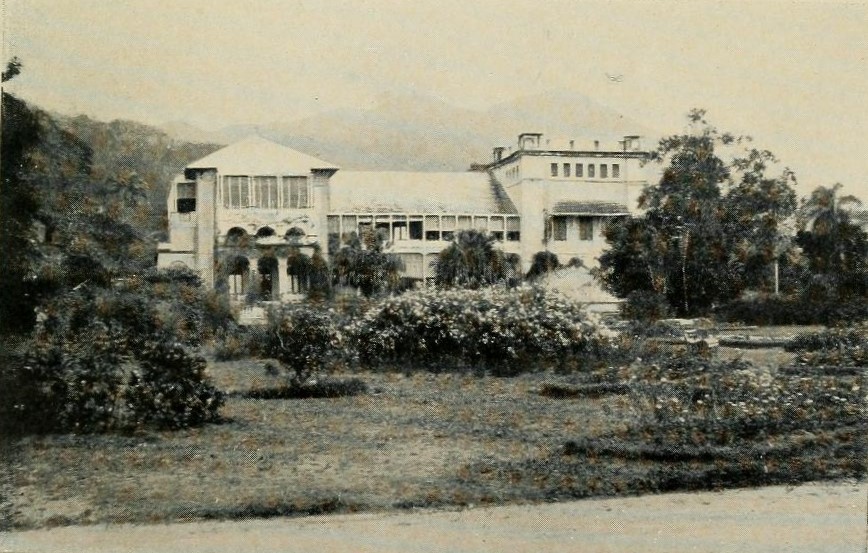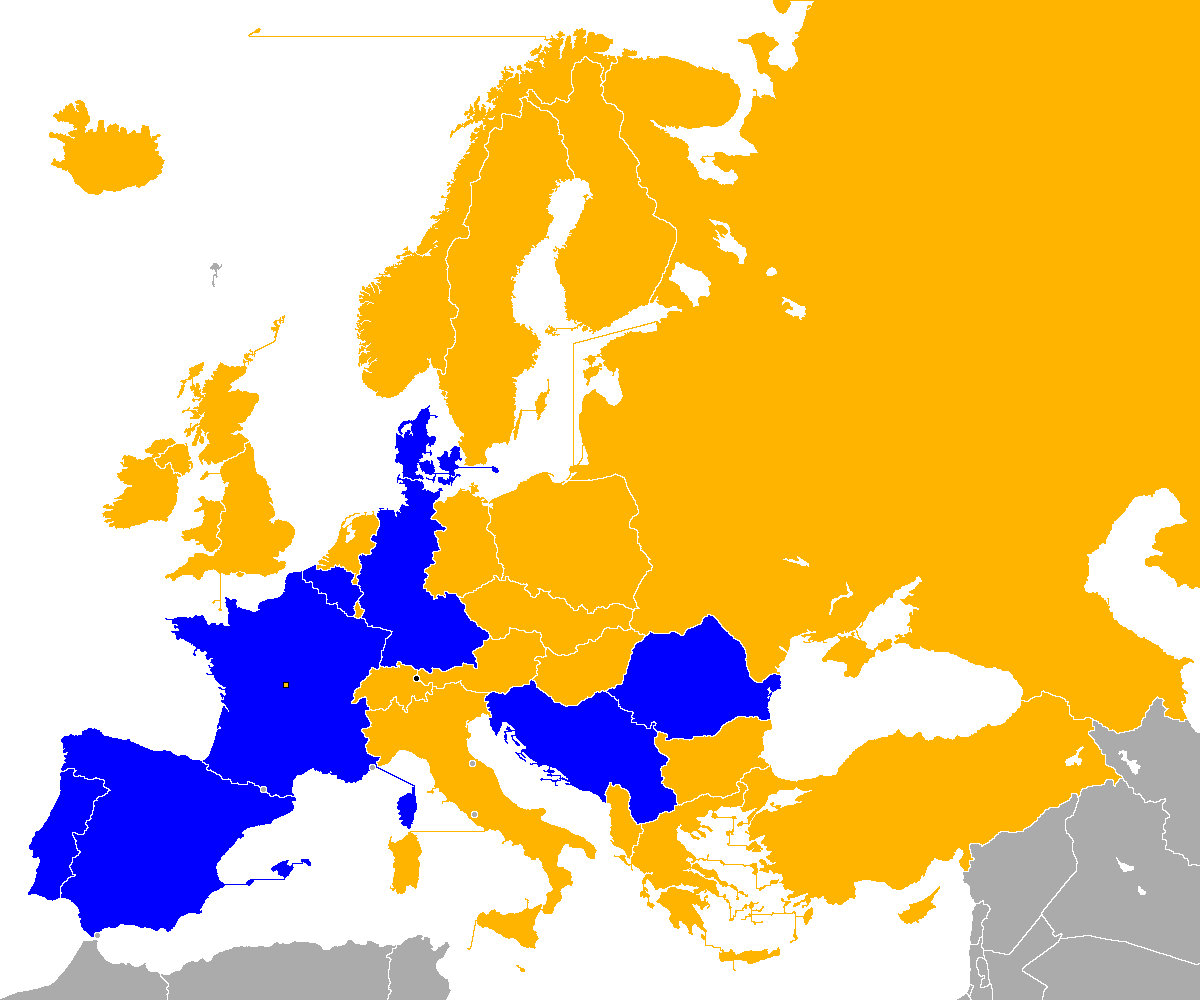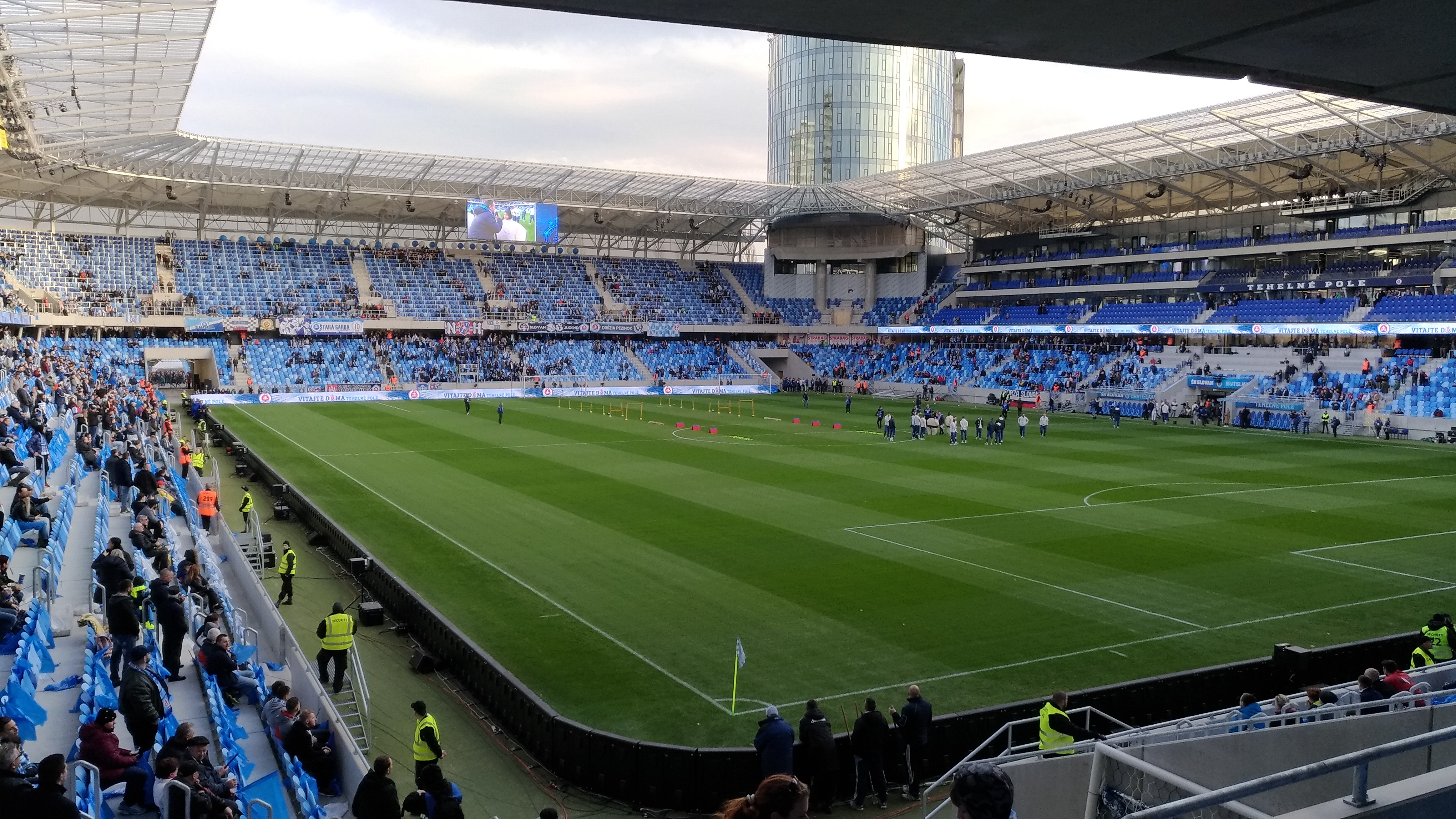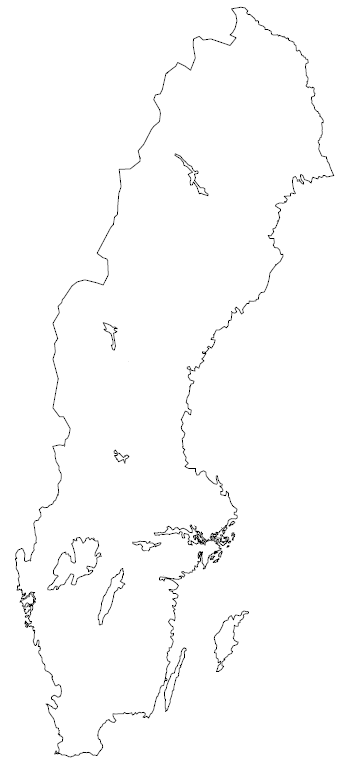|
Mats Jingblad
Mats Olof Jingblad (born 9 August 1958) is a Swedish football coach and former footballer who played as a striker. Club career Jingblad played for BK Astrio and Halmstads BK. He made a total of 216 appearances for Halmstads BK. International career Jingblad represented the Sweden national team eleven times between 1982 and 1984, scoring eight goals. He also represented the Sweden U19, U21, and Olympic teams between 1976 and 1986. Managerial career Jingblad started his managing career at Halmstads BK, where we won the Svenska Cupen in 1995. In 1996 he joined IFK Göteborg and won the league title the same year. In 2007 he coached IFK Norrköping to promotion to the Swedish top division. In late 2013 he was announced as the new sporting director of Hammarby in the second tier in Sweden. He left the club in early 2017, with the club having achieved promotion to the Swedish top division in 2014. In the summer of 2018 he took over as coach for fifth tier BK Astrio BK ... [...More Info...] [...Related Items...] OR: [Wikipedia] [Google] [Baidu] |
Halmstad
Halmstad () is a port, university, industrial and recreational city at the mouth of the Nissan river, in the province of Halland on the Swedish west coast. Halmstad is the seat of Halmstad Municipality and the capital of Halland County. The city had a population of 70,480 in 2019, out of a municipal total of over 100,000 (19th most populous — 2019). Halmstad is Sweden's 19th-largest city by population and located about midway between Gothenburg (the second most populous) and Malmö (the third). Timber framing architecture is common. History Halmstad, at the time part of the Kingdom of Denmark, received its first city charter in 1307, and the city celebrated its 700th anniversary in 2007. The oldest remains of that first town are to be found at " Övraby" upstream on Nissan, just south of and quite close to the present day regiment buildings. The remains of the church can still be seen today between a defunct brick industry and a former landfill. In the 1320s the town moved ... [...More Info...] [...Related Items...] OR: [Wikipedia] [Google] [Baidu] |
Sporting Director
A sporting director, or director of sport, is an executive management position in a sports club. The role is well known as a manager role for European football clubs, which are sometime also "sports clubs", offering many types of sports. The sporting director is, in many cases, a member of the executive board and therefore an executive director. The sporting director is usually directly subordinate to the CEO or the chairman of the sports organization. Director of football A director of football, sometimes also called a sporting director or technical director, is a senior management figure at an association football Association football, more commonly known as football or soccer, is a team sport played between two teams of 11 players who primarily use their feet to propel the ball around a rectangular field called a pitch. The objective of the game is ... club, most commonly in Europe. Often, their key task is managing transfers of players to and from the team. Howev ... [...More Info...] [...Related Items...] OR: [Wikipedia] [Google] [Baidu] |
Barbados National Stadium
Barbados National Stadium is a multi-use outdoor stadium in Waterford, St. Michael, Barbados. Occupying a 22-acre site, it was officially opened on 23 October 1970 by Prince Charles. Situated approximately 4.3 km northeast of the capital city Bridgetown, it is located on Highway 2 at Stadium Road, Codrington, St. Michael The Stadium is currently used mostly for football matches and is the home of the Barbados national football team. The stands are named after renowned Barbadian athletes: the Clarence Jemmott "A" Stand, the O'Donnell "Don" Norville "B" Stand, the VIP Stand, the James "Jim" Wedderburn "C" Stand, the Patricia "Patsy" Callender "D" Stand and also there is the Randolph Fields Velodrome and the Christie Smith Gate, the Reginal Haynes Gate, and the Jaycees Gate at the north side of the Stadium. In 2006, FIFA condemned the stadium as unfit for purpose, as little improvement or repair had been made to it since it had opened in 1970. There were plans to demolis ... [...More Info...] [...Related Items...] OR: [Wikipedia] [Google] [Baidu] |
Port Of Spain
Port of Spain ( Spanish: ''Puerto España''), officially the City of Port of Spain (also stylized Port-of-Spain), is the capital of Trinidad and Tobago and the third largest municipality, after Chaguanas and San Fernando. The city has a municipal population of 37,074 (2011 census), an urban population of 81,142 (2011 estimate) and a transient daily population of 250,000. It is located on the Gulf of Paria, on the northwest coast of the island of Trinidad and is part of a larger conurbation stretching from Chaguaramas in the west to Arima in the east with an estimated population of 600,000. The city serves primarily as a retail and administrative centre and it has been the capital of the island since 1757. It is also an important financial services centre for the CaribbeanCIA World Factbook Tri ... [...More Info...] [...Related Items...] OR: [Wikipedia] [Google] [Baidu] |
Queen's Park Oval
The Queen's Park Oval is a sports stadium in Port of Spain, Trinidad and Tobago, used mostly for cricket matches. It opened in 1896. Privately owned by the Queen's Park Cricket Club, it is currently the second largest capacity cricket ground in the West Indies with seating for about 20,000. It has hosted more Test matches than any other ground in the Caribbean with 60 as of January 2018, and also hosted a number of One-Day International (ODI) matches, including many World Series Cricket games in 1979 and matches of the 2007 Cricket World Cup. The Trinidad and Tobago cricket team play most of their home matches at the ground, and it is the home ground of the Caribbean Premier League team Trinbago Knight Riders. Considered by many players, journalists and critics as one of the most picturesque cricket venues, the ground first hosted a Test match in February 1930 when England toured the Caribbean, though it had previously hosted many first class tours as early as the 1897 to ... [...More Info...] [...Related Items...] OR: [Wikipedia] [Google] [Baidu] |
Friendly Game
Friendly may refer to: Places * Friendly, West Yorkshire, a settlement in Calderdale, West Yorkshire, England * Friendly, Maryland, an unincorporated community in the United States * Friendly, Eugene, Oregon, a neighborhood in the United States * Friendly, West Virginia, a town in the United States * Friendly Islands or Tonga Other uses * Friendly (surname) * Friendly (musician), Australian-born musician * Friendly (sport) or exhibition game, a game of association football or bandy that has no consequence in a wider competition * Friendly's, an American restaurant chain * Friendly Center, a shopping mall in Greensboro, North Carolina, United States * Friendly Hall, a building on the University of Oregon campus * Friendly High School, a public high school in Fort Washington, Maryland, United States * Friendly number, in mathematics, shares a property concerning its divisors * Friendly TV, a British TV station from 2003 to 2010 See also * Friend (other) * Fri ... [...More Info...] [...Related Items...] OR: [Wikipedia] [Google] [Baidu] |
Reykjavík
Reykjavík ( ; ) is the capital and largest city of Iceland. It is located in southwestern Iceland, on the southern shore of Faxaflói bay. Its latitude is 64°08' N, making it the world's northernmost capital of a sovereign state. With a population of around 131,136 (and 233,034 in the Capital Region), it is the centre of Iceland's cultural, economic, and governmental activity, and is a popular tourist destination. Reykjavík is believed to be the location of the first permanent settlement in Iceland, which, according to Landnámabók, was established by Ingólfr Arnarson in 874 CE. Until the 18th century, there was no urban development in the city location. The city was officially founded in 1786 as a trading town and grew steadily over the following decades, as it transformed into a regional and later national centre of commerce, population, and governmental activities. It is among the cleanest, greenest, and safest cities in the world. History According to ... [...More Info...] [...Related Items...] OR: [Wikipedia] [Google] [Baidu] |
Laugardalsvöllur
Laugardalsvöllur () is Iceland's national football stadium and the home venue for the Iceland national football team. It is in Reykjavík with a capacity of 9,800. History The idea of building a sport venue in Laugardalur, along with some other entertainment facilities, dates back to 1871. At that time, the population of Reykjavík, the capital of Iceland, was only about 2,000. Laugardalur was also nearly 3 km (1.9 mi) away from residential areas. Little came out of this proposal the next 60 years or so. In 1943, the town council set up the Laugardalsnefnd committee. Its task was to make proposals and ideas for the area. The committee then delivered the result later, which included building a new football stadium and a new swimming pool. Construction of the field started in 1949 and lasted until 1952. A year later in 1953, construction of a new stand started. The stand had a capacity of 4,000 when completed. The first match was played on Laugardalsvöllur in 1957 w ... [...More Info...] [...Related Items...] OR: [Wikipedia] [Google] [Baidu] |
UEFA Euro 1984 Qualifying
The qualifying round for the 1984 European Football Championship consisted of 32 teams divided into seven groups; three of four teams and four of five teams. The qualifying round was played at various times between May 1982 and December 1983, with some groups concluding earlier than others. Qualified teams Seedings The draw took place on 8 January 1982 in Paris, France. 32 teams were drawn from the five pots into the seven groups. France qualified automatically as hosts. Teams qualified to the final tournament are in bold. Overview There were a number of extremely close finishes in some of the qualifying groups. In Group 2, Portugal edged out the Soviet Union by beating them narrowly 1–0 on a penalty by Rui Jordão in Lisbon on the final day. Meanwhile, in Group 5, again on the final day, Romania managed to hold on for a tense 1–1 draw in Bratislava and qualify at the expense of Czechoslovakia. A major surprise in this group was the poor performance of then-World Cup ... [...More Info...] [...Related Items...] OR: [Wikipedia] [Google] [Baidu] |
Bratislava
Bratislava (, also ; ; german: Preßburg/Pressburg ; hu, Pozsony) is the capital and largest city of Slovakia. Officially, the population of the city is about 475,000; however, it is estimated to be more than 660,000 — approximately 140% of the official figures. Bratislava is in southwestern Slovakia at the foot of the Little Carpathians, occupying both banks of the River Danube and the left bank of the River Morava. Bordering Austria and Hungary, it is the only national capital that borders two sovereign states. The city's history has been influenced by people of many nations and religions, including Austrians, Bulgarians, Croats, Czechs, Germans, Hungarians, Jews, Romani, Serbs and Slovaks. It was the coronation site and legislative center and capital of the Kingdom of Hungary from 1536 to 1783; eleven Hungarian kings and eight queens were crowned in St Martin's Cathedral. Most Hungarian parliament assemblies were held here from the 17th century until the Hungarian Re ... [...More Info...] [...Related Items...] OR: [Wikipedia] [Google] [Baidu] |
Tehelné Pole
Tehelné pole or National football stadium ( sk, Národný futbalový štadión) is a multi-use stadium in Bratislava, Slovakia. It was completed in 2019 and is used for football matches, including the home matches of ŠK Slovan Bratislava and the Slovakia national football team. This project concerns mutual assistance between well-known Slovak entrepreneur Ivan Kmotrík as the owner of ŠK Slovan Bratislava and the Government of Slovakia. The stadium has a capacity of 22,500 spectators, and replaced the old Tehelné pole stadium, which was demolished in summer 2013. Location Tehelné pole was a neighborhood in Bratislava, Slovakia, characterized by the presence of several sports facilities. Administratively, the neighborhood belongs to Nové Mesto borough, situated around 5 km north-east of the centre. The German and Hungarian names for this locality are ''Ziegelfeld'' and ''Téglamező''. Transport Tehelné Pole is located in the third district of Bratislava, Slovak ... [...More Info...] [...Related Items...] OR: [Wikipedia] [Google] [Baidu] |
1984 In Swedish Football
The 1984 season in Swedish football, starting January 1984 and ending December 1984: Honours Official titles Competitions Promotions, relegations and qualifications Promotions League transfers Relegations International qualifications Domestic results Allsvenskan 1984 Allsvenskan play-off 1984 ;Quarter-finals ---- ---- ---- ;Semi-finals ---- ;Final Allsvenskan promotion play-off 1984 ---- Division 2 Norra 1984 Division 2 Södra 1984 Division 2 promotion play-off 1984 ---- ---- ---- ---- ---- Svenska Cupen 1983–84 ;Final National team results ---- ---- ---- ---- ---- ---- ---- ---- Notes References Print * * * * * * * Online * * * * * {{Football seasons in Sweden, 1984 Seasons in Swedish football ... [...More Info...] [...Related Items...] OR: [Wikipedia] [Google] [Baidu] |







